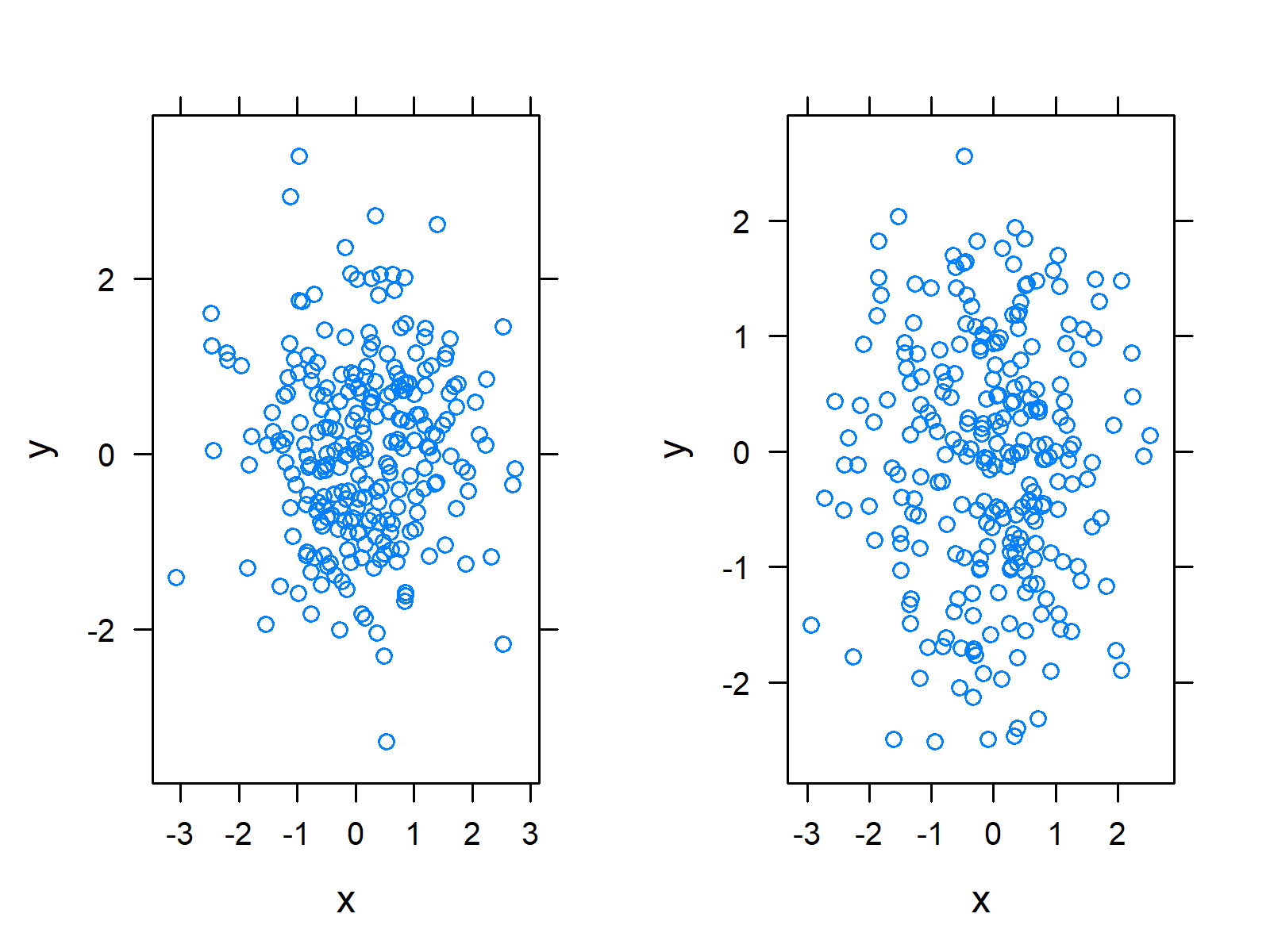


You can add one if you want to add text here or make more room around the edges.

You must already have made a plot using a high-level plotting function before you use low-level plotting functions. A low-level plotting function is one that is used to modify a plot that has already been created.When-a high level plotting function is executed, the currently-displayed plot (if any) is written over. Examples of higher level plotting functions are the general plot() and the barplot() functions. A high-level plotting function is one that is used to make a new graph.Learning some terminology will help you get used to the base R graphics system: Also note that if you are confused about a topic, you can use CTRL + F to find previous cases where that topic has been discussed in this book. IMPORTANT NOTE: If you did not attend the sessions corresponding to Chapter 1, you are recommended to walk through the material found in that chapter before proceeding to this material. However, they can be more complex to learn at first than the base R plotting capabilities and look a bit different. R’s base (Sarkar 2017) are good examples.
#MULTIPLE PLOTS IN ONE GRAPH R HOW TO#
how to save your plot to an external file.the basics of how to change plot features like:.In this chapter, you will get familiar with the basics of using R for making plots and figures. 6.7.2 Finding Intersections Between Two Layers.5.8 Calculate Daily Means with summarize().3.1.3 ANCOVA: Continuous and categorical predictors.2.10.2 Use a function to place plot in a new file.2.3 Other High-Level Plotting Functions.


 0 kommentar(er)
0 kommentar(er)
